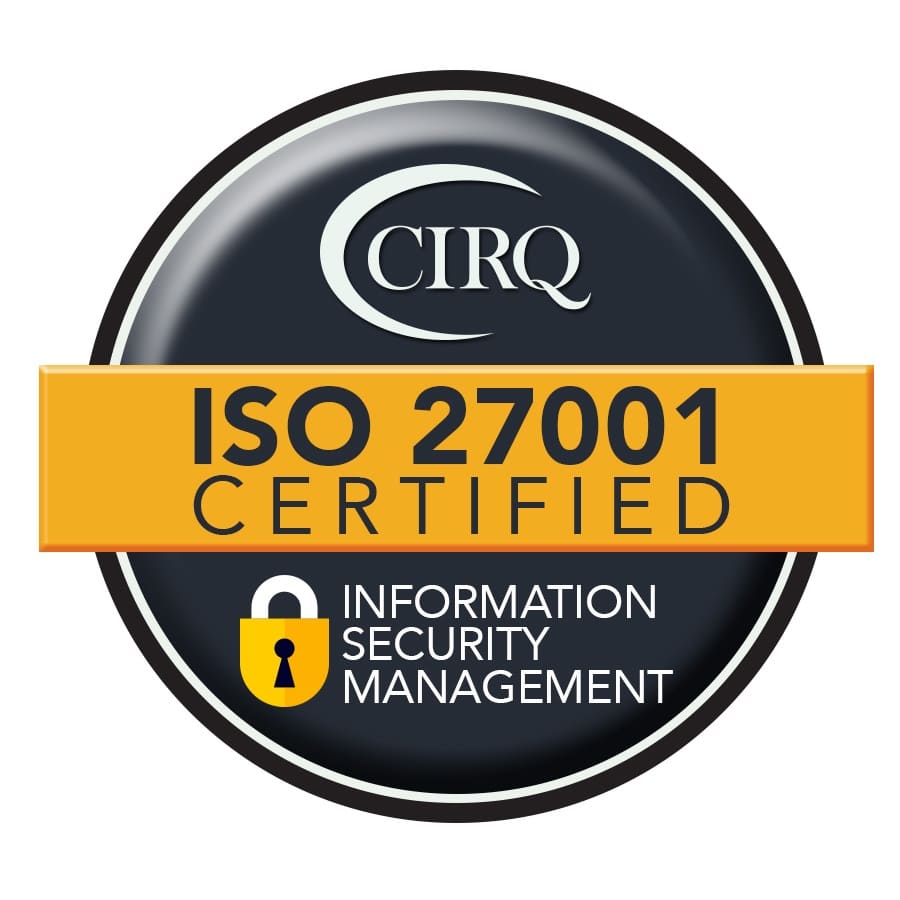Participant Engagement: What Makes an Experience Meaningful?
Fresh off the press, it’s another of our Challenging the Status Qual blogs! In the previous edition we dove into understanding participant motivations and the frustrations that appear in the screening process.
Now, let’s shift our focus to what makes research participation not just a necessary task but a deeply fulfilling experience, and most importantly, how can we keep it that way.
Research participants consistently report that the process of contributing to studies is engaging. This engagement stems from a combination of the ‘big three’: intellectual stimulation, social engagement, and the tangible financial rewards that come at the end.
Intellectual Stimulation: Research Methods That Appeal To The Mind For The Best Results
Engaging with new products, ideas, and concepts is valuable for participants. Research becomes an intellectual pursuit that keeps them motivated and interested in the process. People consistently enjoy delving into topics that are thought-provoking and relevant to their lives and having engaging discussions.
This not only satisfies their curiosity but also gives them a sense of peeking behind the curtain, to explore products like never before. Discussion and idea-sharing further enhance their desire to contribute meaningfully and feel intellectually stimulated by the work and each other.
One participant stated that: ‘It’s always fun to hear what people are thinking. There are a lot of smart people here.’
Social Engagement: Research Methods For Creating Spaces For Community
Participants often value research as an opportunity to learn about new products and ideas while sharing their opinions in a structured and non-judgmental space. They find it rewarding to be in sessions where they not only express their views but also hear from others, taking part in a fun community activity.
One participant fondly recalled a group session where varied opinions were expressed respectfully: “Everybody wasn’t agreeing, but nobody was arguing. You can really kind of feel free to be honest, without offending anyone.” This open exchange brings about a comradery amongst participants, making them feel that their contributions are meaningful not just to a company but the group as a whole.
In-person research offers participants a dedicated space to focus, free from the distractions of daily life. From friendly staff to lobby refreshments, participants appreciate the comfortable environment and enjoy being able to test samples and prototypes in person with like-minded people.
The absence of common household distractions—whether it’s family members, pets, or the doorbell— allows participants a break from the everyday to focus on the research.
Compensation: A Tangible And Appreciated Benefit In Research Methods
While it would be fantastic for participants to be powered alone by the love of research, we must not overlook the practical benefit of compensation. Participants are often straightforward when addressing its importance: “Who doesn’t love to get paid for talking?”
For many, the financial incentive is a bonus that makes the experience even more rewarding. It’s never really just been about the money, though—it’s about the feeling of being fairly compensated for time and input.
The opinions of our participants are, when it boils down to it, what our clients need for best results. When we ensure that our participants feel valued through proper compensation, we, in turn, secure the best results for our clients.
Curating Meaningful Experiences Through Effective Research Methods
Ultimately, combining the ‘big three’ boosts engagement and makes participating in research worthwhile for everyone. By modeling our approach to what participants find fulfilling, we can enhance both their experience and the quality of the research outcomes.
Effective research methods prioritize participant satisfaction and meaningful engagement throughout the entire process.
As always, we encourage researchers to listen closely to their participants, valuing their insights not only during the study but in shaping future processes as well. Contact us today to learn more.
















